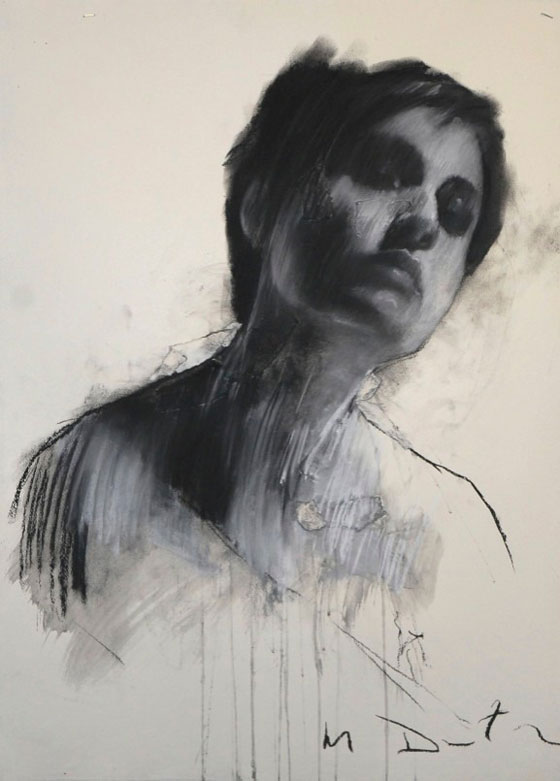

Later, in the period of Neo-Expressionism, and in the works of Jean-Michel Basquiat for example, we can understand the distorted figure to represent the inner world of the artist, and the expressive way of depicting the figure to suggest the inner energy, sometimes even the struggle. German Expressionism artists and the figures that are depicted in the works of Max Beckmann are figures that represent political views and stand to represent the rebellious citizen.

As mentioned above, The Blue Nude, representing the idea of the disfigured body, or the simplification of the body into an ornamented surface, like in his painting Red Room, are just one of the ways that the figure could be viewed to represent different symbols. On one hand we have figures that represent the depicted person, but also, we have figures that are symbols of the political, social, and psychological views. As the world around us changed, and as the dominating canons of realism or classical art were abandoned by the artists of the 20th century, the understanding of figuration also changed. Image via de The Symbolism of Figurationįor the artists, the preoccupation with the representation of the body or figure was always present. Could we consider this to also represent figuration, as much as we consider the disfigurement of a body in Blue Nude by Henri Matisse, or in Pablo Picasso’s famous work Les Demoiselles d’Avignon, as examples of work that focus on the move towards abstraction, and the erasing of the figure? In his non-objective work, his paintings still hold a documentation of the artists himself, of his body. By laying the canvas on the ground, and dripping the paint onto it, the body of the painter was also immersed with color, the marks of his movement were also left on the canvas, as well as the ashes of the cigarettes the painter smoked while working. But, on the other hand, the act of painting, for the painter of the Abstract Expressionism movement, Jackson Pollock, linked to exemplify the views of Existentialism philosophy, is by many viewed as a form of figuration, as a form of documentation of the body of the artists. We must ask one question first and that is - how do we define figuration? At one point, the total abandonment of the recognizable object, that we saw as the 20th century progressed, and in the works of Wassily Kandinsky and Jackson Pollock, seemed to place color, marks, drips, at the center of the paintings, making the act of painting all about the painting itself. Image via / Right: Henri Matisse - Blue Nude. So, where do we see figure art today, more importantly, what place does the human figure hold in Contemporary Art? Since then, the figure art has seen a rise and this is more than evident in the recent art market boom of figuration. Few of the movements, such as Surrealism and Pop, included figuration but it was not until the Neo-Expressionism that the dominance of abstraction was stopped. The birth of Cubism and many writings of intellectuals, and critics, such as Clement Greenberg, emphasized the move towards a non-objective art, while the figure art, and art that relied on realism, on the other end of this hierarchy, was in return considered to be less important, traditional, and even to represent the enemy politics. The battle between abstract and figure art was possibly one of the most important periods, and the most influential and productive time in Art History.

From Cubism to Minimalism, we see the vast embrace of abstraction and the move away from realism. The figure art was largely ignored for most of the 20th century, in favor to the important avant-garde movements.


 0 kommentar(er)
0 kommentar(er)
